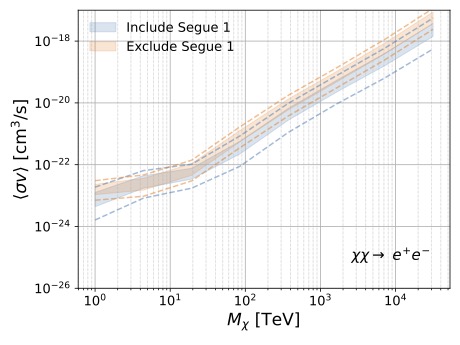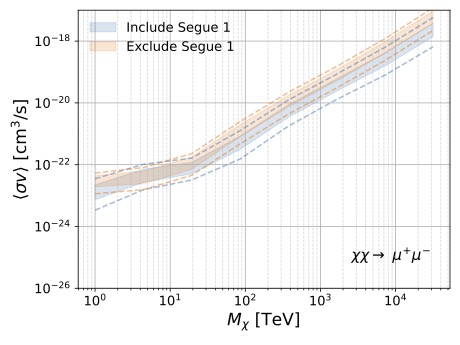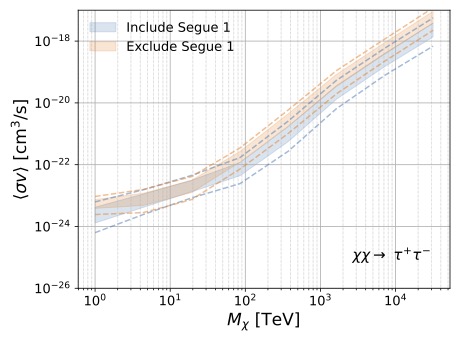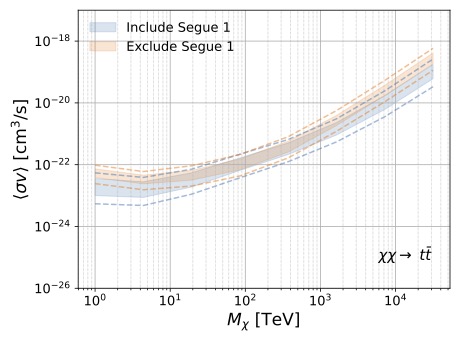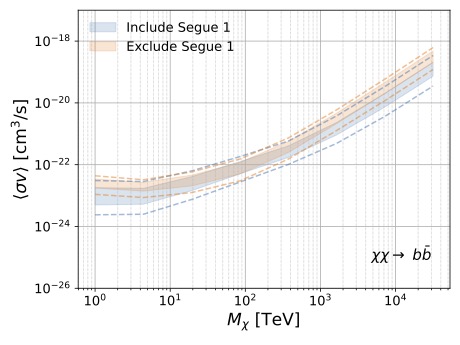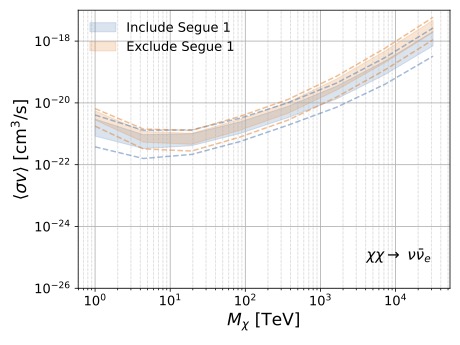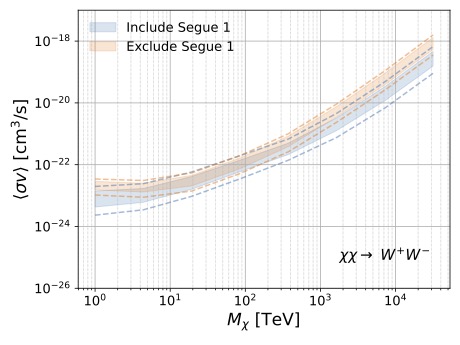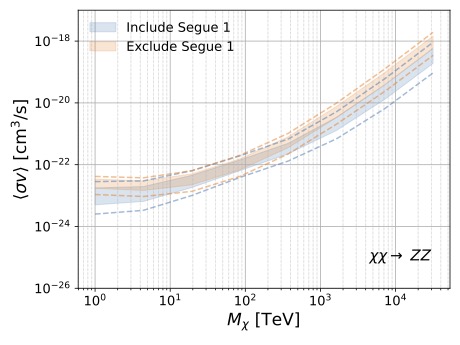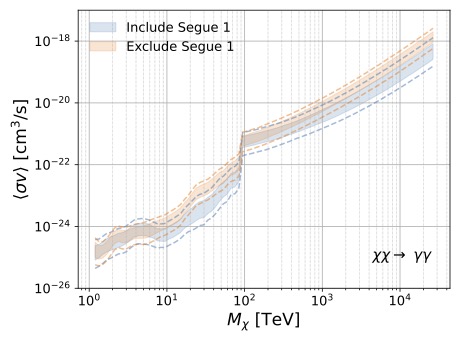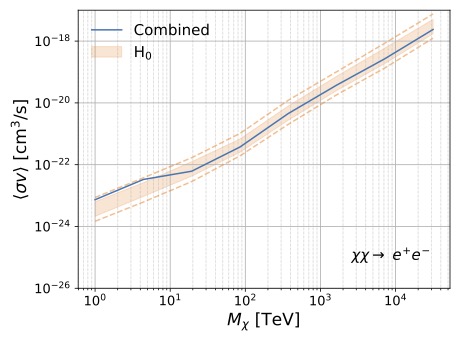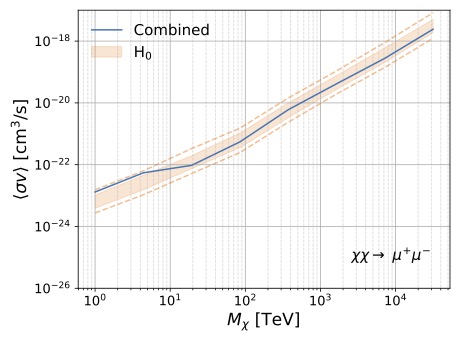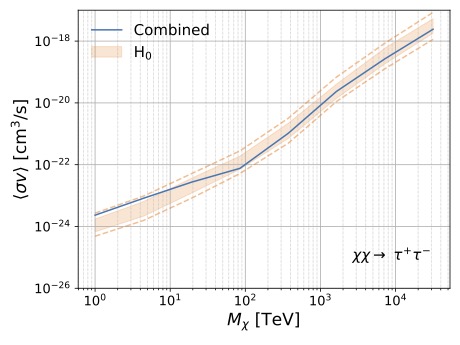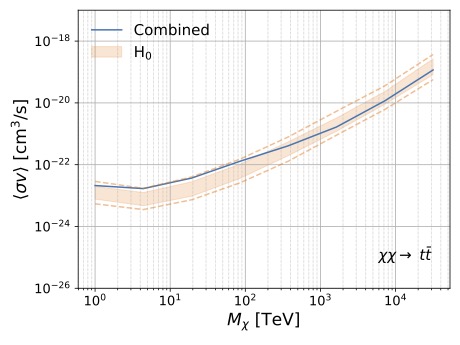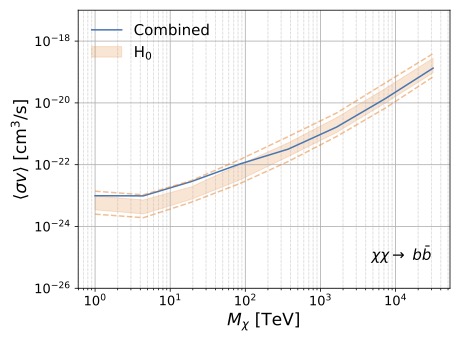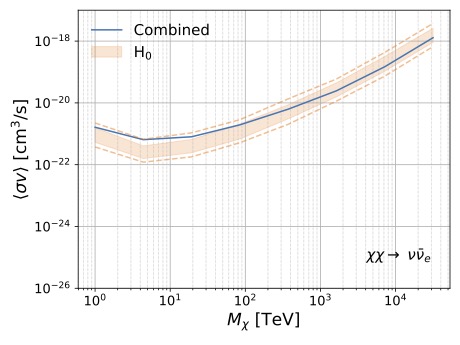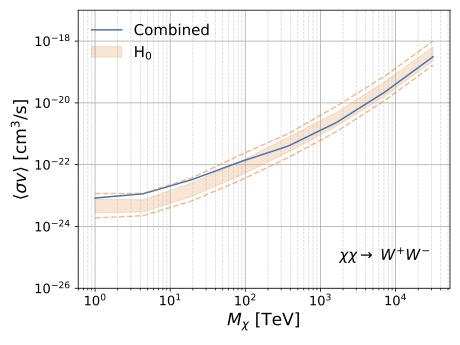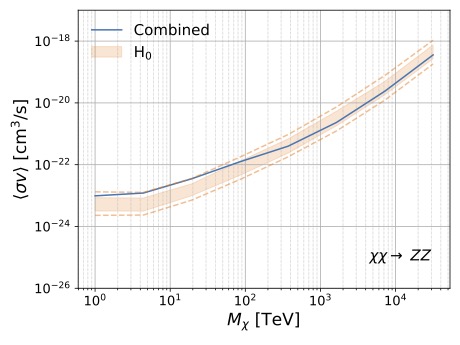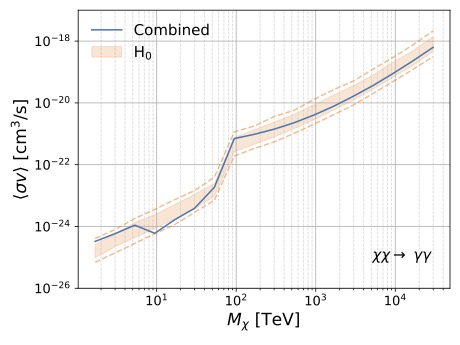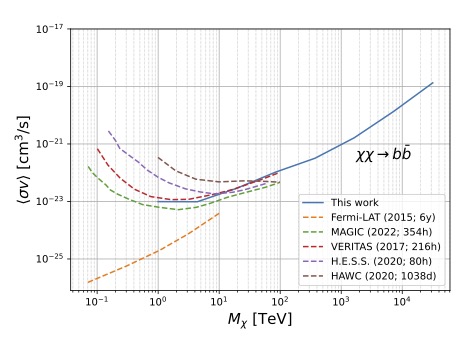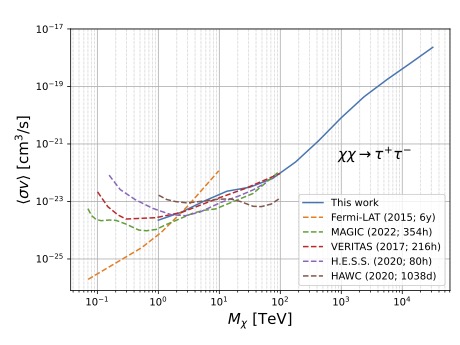Dark matter is a key piece of the current cosmological scenario, with weakly interacting massive particles (WIMPs) a leading dark matter candidate. WIMPs have not been detected in their conventional parameter space (dark matter particle mass between ~100 GeV and ~100 TeV), a mass range accessible with current Imaging Atmospheric Cherenkov Telescopes. As ultraheavy dark matter (UHDM; dark matter particle mass greater than ~100 TeV) has been suggested as an under-explored alternative to the WIMP paradigm, we search for an indirect dark matter annihilation signal in a higher mass range (up to 30 PeV) with the VERITAS gamma-ray observatory. With 216 hours of observations of four dwarf spheroidal galaxies, we perform an unbinned likelihood analysis. We find no evidence of a gamma-ray signal from UHDM annihilation above the background fluctuation for any individual dwarf galaxy nor for a joint-fit analysis, and consequently constrain the velocity-weighted annihilation cross section of UHDM for dark matter particle masses between 1 TeV and 30 PeV. We additionally set constraints on the allowed radius of a composite UHDM particle.
Figure 1: Velocity-weighted annihilation cross section upper limits produced from VERITAS observations by channel with their systematic uncertainty bands. Due to the uncertainty on the Segue 1 profile, we present upper limits with Segue 1 (blue) and without Segue 1 (orange). A solid (dotted-line) uncertainty band depicts the a 68% (95%) containment obtained from 300 realizations of viable dark matter density profiles.
Figure 2: Velocity-weighted annihilation cross section upper limit curves produced from VERITAS observations by channel compared with their null-hypothesis bands (H0; 〈σv〉 = 0). We present upper limits derived from the four dSph observations (blue) and upper limits with the Poisson background fluctuation (orange). A solid (dotted-line) uncertainty band depicts the 68% (95%) containment obtained from 300 realizations of random fluctuations of the background.


Figure 3: A comparison of VERITAS upper limit curves for two annihilation channels against UHDM theoretical benchmarks (Tak et al. 2022). The blue solid lines are the 95% confidence upper limits obtained from the combined analysis and the red solid curve is the thermal-relic cross section (2.4 × 10−26 cm3 /s). The purple line refers to the unitarity limit on a point-like velocity-weighted annihilation cross section for a particle that respects partial-wave unitarity. Above the partial-wave unitarity limit, various composite states can be possible; three possible composite unitary bounds, the purple dashed lines, are plotted as examples.
Figure 4: VERITAS 95% confidence upper limits curves on the radius, in terms of femtometers and the inverse of energy, of a composite dark matter particle as a function of mass, for the nine annihilation channels considered. The shaded areas denote exclusion regions.
Figure 5: VERITAS upper limit curves obtained from all four dSphs including Segue 1 compared with other published upper limit curves. All curves show 95% confidence upper limits on the dark matter velocity-weighted annihilation cross section for the b-bar b (left) and τ+τ− (right) annihilation channels. They are adapted from Ackermann et al. (2015) (Fermi-LAT; orange dashed line), Archambault et al. (2017) (VERITAS; red dashed line), Acciari et al. (2022) (MAGIC; green dashed line), Albert et al. (2020) (HAWC; brown dashed line), and Abdallah et al. (2020) (H.E.S.S.; purple dashed line).



